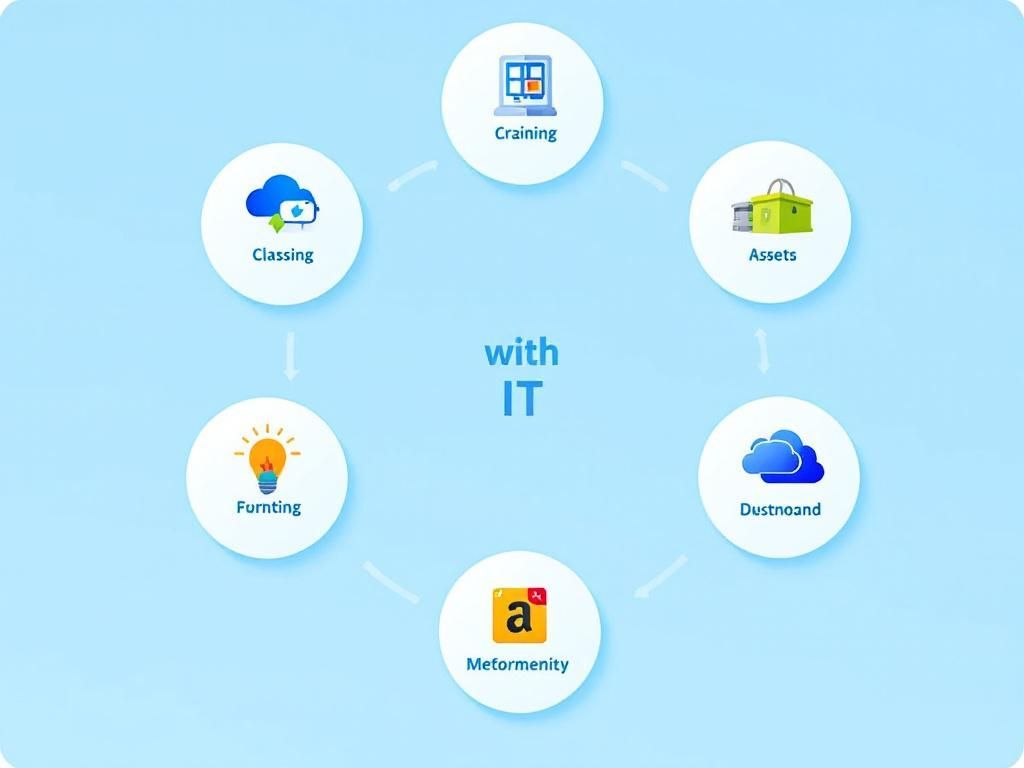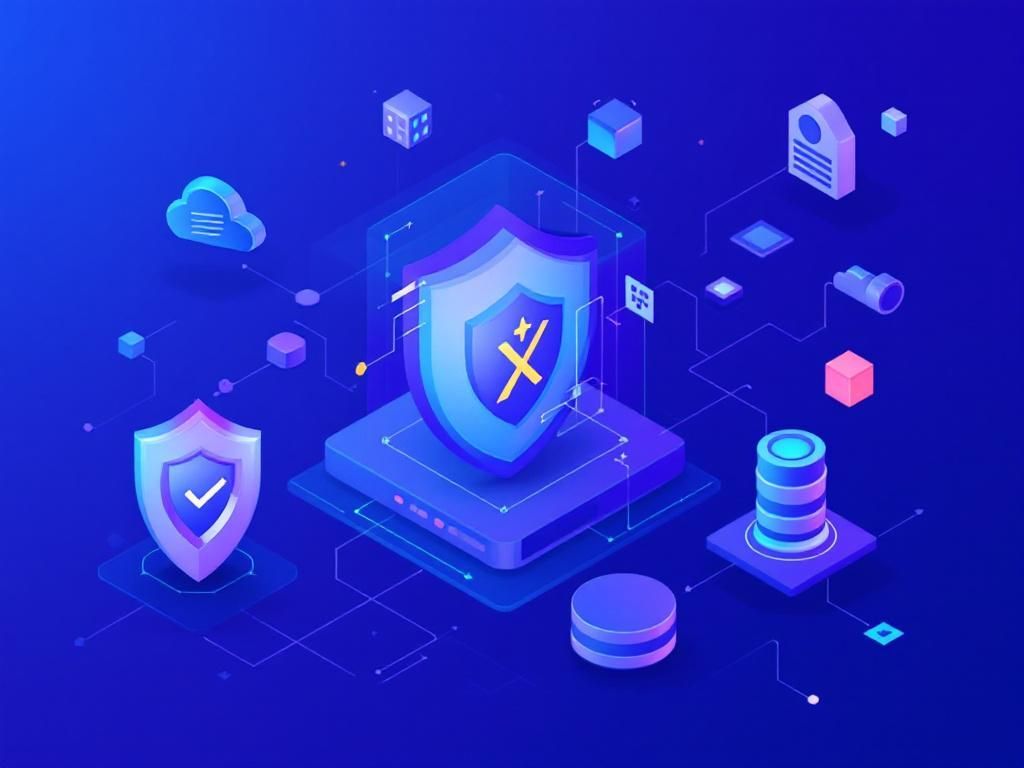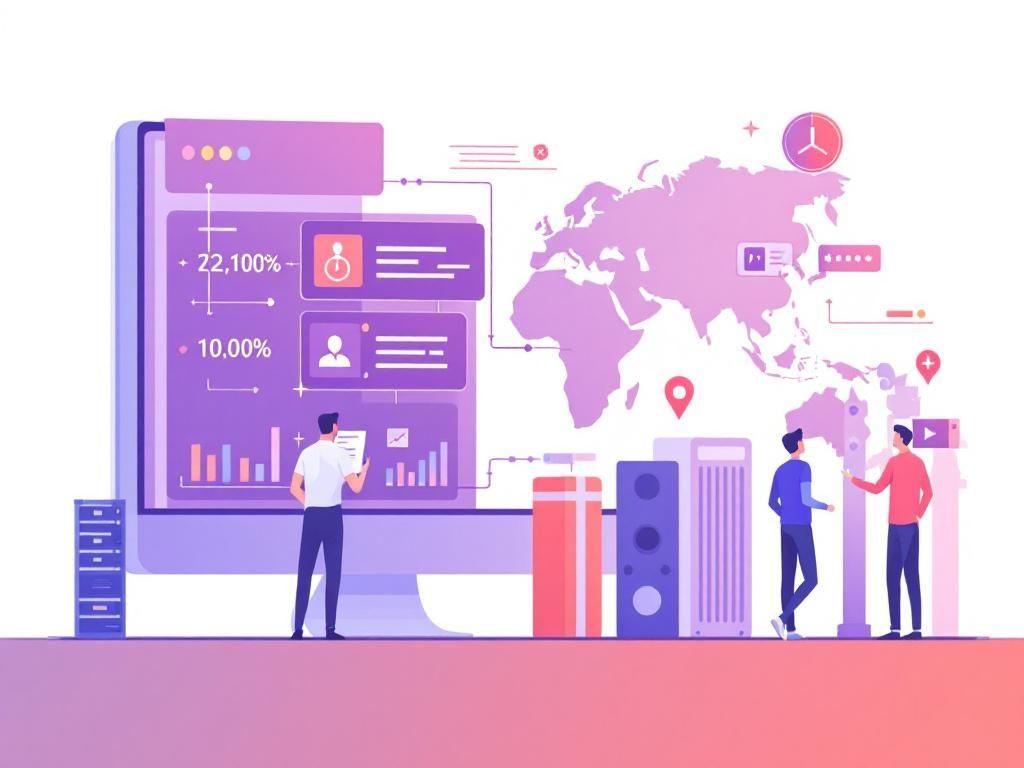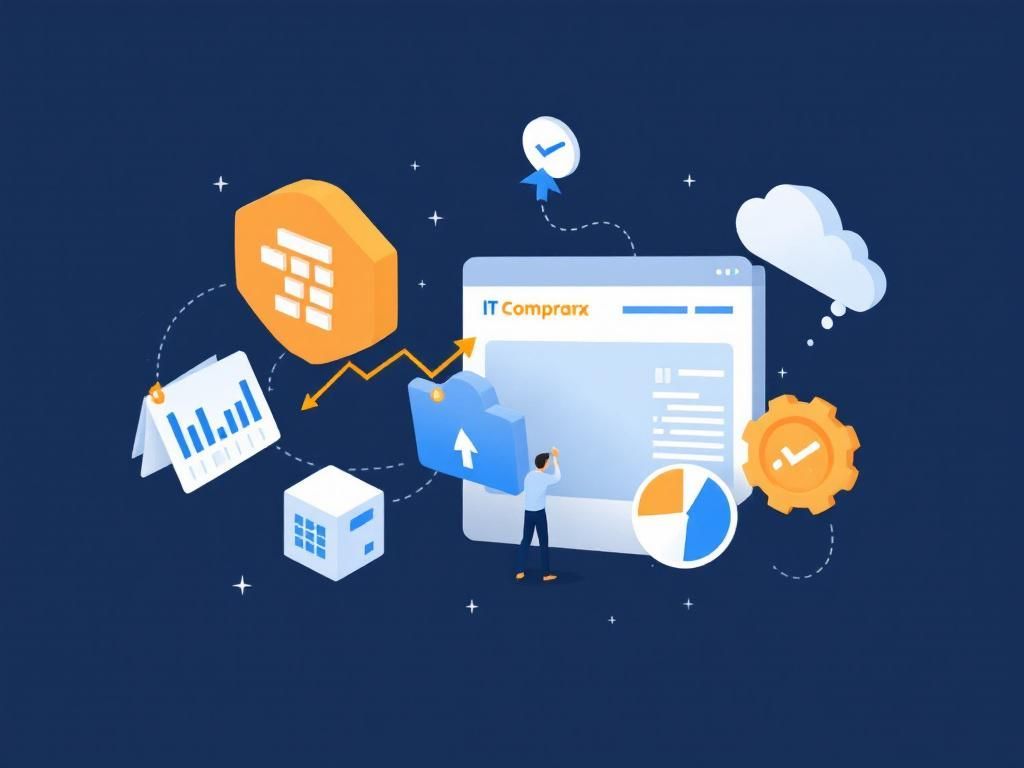Essential IT Asset Lifecycle Strategies for Enterprises
Discover effective IT asset lifecycle strategies that can enhance efficiency and reduce costs for enterprises in today's digital landscape.

In the ever-evolving landscape of technology, managing IT assets effectively is crucial for enterprises aiming to optimize their resources, minimize costs, and enhance operational efficiency. IT asset lifecycle management (ITALM) encompasses the processes of planning, acquiring, deploying, maintaining, and retiring technology assets. An effective strategy not only prolongs the lifespan of these assets but also ensures that they align with the organization’s goals. This article delves into essential IT asset lifecycle strategies that enterprises can adopt to stay competitive in the digital age.
Table of Contents
Understanding IT Asset Lifecycle Management
Before diving into strategies, it’s important to understand the concept of IT asset lifecycle management. The IT asset lifecycle typically involves several stages:
- Planning: Identifying the need for assets and aligning them with business objectives.
- Acquisition: Procuring hardware and software through purchase, lease, or subscription models.
- Deployment: Installing and configuring the assets for use.
- Maintenance: Regular updates and repairs to ensure optimal performance.
- Retirement: Decommissioning assets that are no longer useful and responsibly disposing of them.
Strategies for Effective IT Asset Lifecycle Management
1. Develop a Comprehensive Asset Inventory
An accurate inventory of IT assets is the foundation of effective lifecycle management. This inventory should include:
| Asset Type | Details | Status |
|---|---|---|
| Hardware | Servers, laptops, desktops, network equipment | Active, Decommissioned |
| Software | Applications, licenses, subscriptions | Active, Expired |
| Cloud Resources | Storage, computing power, SaaS | Active, Unused |
2. Implement Asset Tracking Technologies
Utilizing technologies such as RFID tags and asset management software can greatly enhance tracking capabilities. These tools can help in:
- Real-time inventory updates
- Monitoring asset usage
- Streamlining compliance reporting
3. Establish Clear Ownership and Accountability
Assigning ownership for each asset ensures accountability and facilitates better management. Each asset should have:
- An assigned owner responsible for its lifecycle management.
- Usage guidelines to optimize performance.
- Regular review processes to assess status and needs.
4. Prioritize Security and Compliance
Incorporating security measures throughout the asset lifecycle is essential to protect sensitive information and comply with regulatory standards. Key practices include:
- Implementing robust security protocols during the deployment phase.
- Regular security audits throughout the asset’s life.
- Ensuring secure disposal of assets, particularly for data-bearing devices.
5. Embrace Cloud Solutions
Adopting cloud technologies can streamline asset management and reduce associated costs. Key advantages include:
- Scalability to meet changing business needs.
- Reduction in physical infrastructure and maintenance.
- Access to the latest software and tools without large upfront investments.
6. Optimize Asset Utilization
Regularly assess the usage of assets to ensure they meet business needs. Strategies include:
- Tracking utilization rates to identify underused assets.
- Implementing virtual solutions to maximize hardware efficiency.
- Consolidating software licenses to avoid unnecessary expenditure.
7. Plan for End-of-Life Disposal
As assets reach the end of their useful life, a clear disposal plan must be in place. Considerations include:
- Environmental regulations regarding e-waste disposal.
- Data wiping procedures to protect sensitive information.
- Recycling options to minimize waste.
Benefits of Effective IT Asset Lifecycle Management
Implementing a robust IT asset lifecycle management strategy can yield numerous benefits for enterprises:
- Cost Savings: By optimizing asset utilization and adopting strategic procurement practices, organizations can significantly reduce unnecessary expenses.
- Enhanced Efficiency: Streamlined processes and clear ownership lead to improved operational efficiency.
- Risk Mitigation: Compliance with security and environmental regulations minimizes the risk of financial penalties and reputational damage.
- Improved Decision-Making: Comprehensive data on asset performance enables informed decision-making regarding upgrades, replacements, or decommissioning.
Challenges in IT Asset Lifecycle Management
Despite the benefits, enterprises may face challenges in implementing effective IT asset lifecycle management:
- Complexity: As organizations grow, the number of assets can become overwhelming, complicating management.
- Rapid Technological Change: The fast pace of technology evolution makes it difficult to keep assets up-to-date and relevant.
- Budget Constraints: Limited budgets can restrict investment in necessary tools and technologies for effective management.
Conclusion
In conclusion, effective IT asset lifecycle management is essential for enterprises striving to maximize their technology investments and maintain a competitive edge. By adopting comprehensive strategies that encompass inventory management, tracking technologies, security measures, and optimization practices, organizations can enhance their operational efficiency and reduce costs. Despite the challenges that may arise, the long-term benefits of a well-executed IT asset lifecycle strategy far outweigh the hurdles. Embracing these practices will not only safeguard assets but also empower enterprises to navigate the complexities of today’s digital landscape with confidence.
FAQ
What are IT asset lifecycle strategies?
IT asset lifecycle strategies refer to the planning and management of IT assets from acquisition to disposal, ensuring that they are utilized effectively and efficiently throughout their lifecycle.
Why is IT asset management important for enterprises?
Effective IT asset management helps enterprises optimize resource usage, reduce costs, ensure compliance, and enhance productivity by managing assets systematically.
What are the key phases of the IT asset lifecycle?
The key phases of the IT asset lifecycle include planning, acquisition, deployment, maintenance, and disposal.
How can enterprises improve their IT asset lifecycle management?
Enterprises can improve IT asset lifecycle management by implementing robust tracking systems, conducting regular audits, and utilizing automated tools for asset management.
What role does data play in IT asset lifecycle strategies?
Data plays a crucial role in IT asset lifecycle strategies by providing insights for decision-making, helping track asset performance, and enabling better forecasting and budgeting.
What are the benefits of a well-managed IT asset lifecycle?
A well-managed IT asset lifecycle can lead to cost savings, improved asset performance, enhanced compliance, and a greater return on investment for enterprises.








